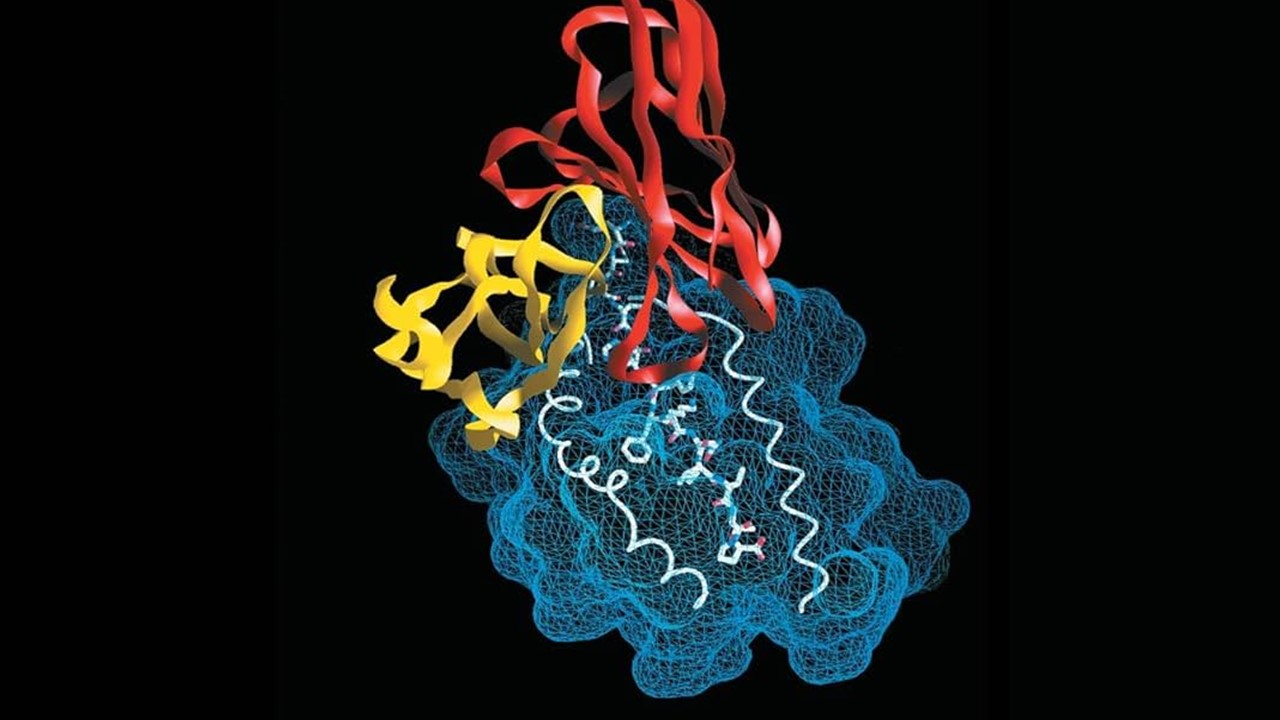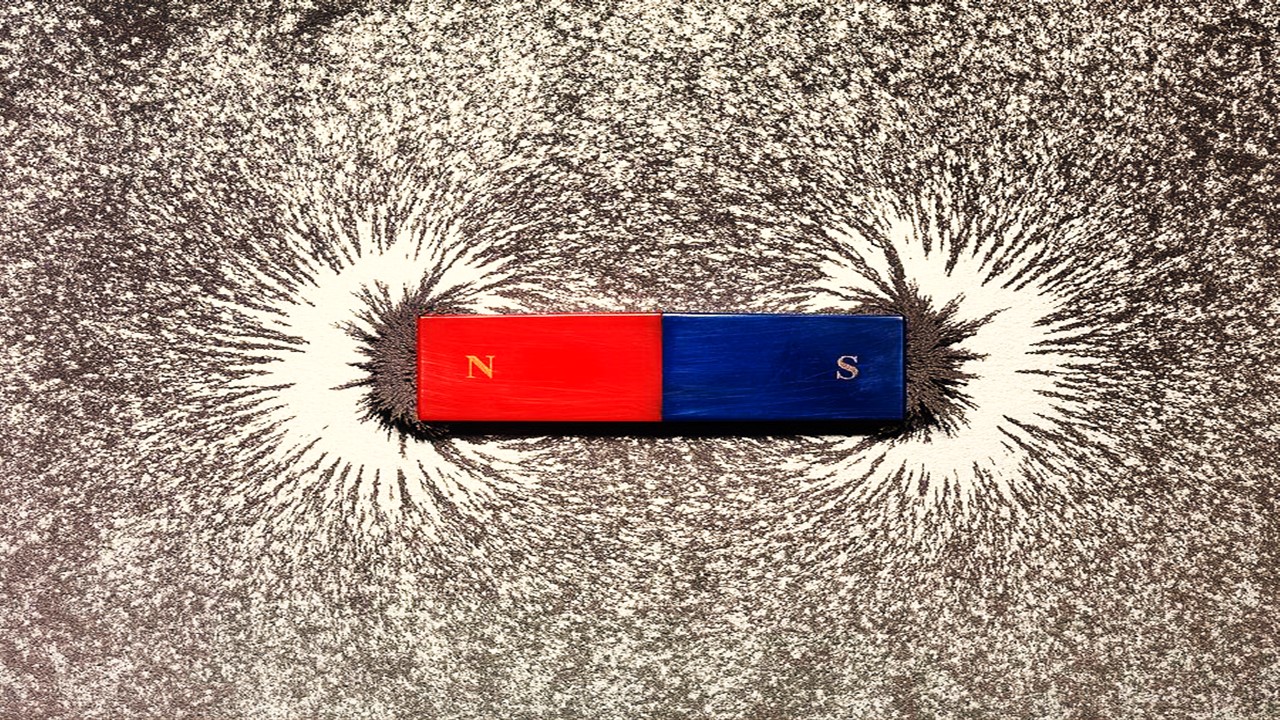A relatively new type of fluids known as nanofluids is made up of a base fluid with suspended nanoparticles (1-100 nm in size). Two phase systems exist, one of which is the solid phase (suspended in liquid phase). Usually made of metal, oxides, carbides, and/or carbon nanotubes, nanoparticles utilized in nanofluids are made of these materials. Oil, water, and ethylene glycol are typical base fluids. Nanoparticles have been present in our planet for eons, such as volcanoes and sea spray, even though human manipulation of them is regarded as a comparatively new technology.
Throughout the past few years, there have been an exponential increase in the number of papers on nanofluids that include theoretical, experimental, and quantitative aspects of formulation, characterization, flow behavior, and thermal behavior of nanofluids. Due to their unique characteristics, nanofluids can be applied in a variety of engineering fields, including the energy sector, engineering, the use of materials and device systems, and biomedical applications.
Needed Mechanism for Molecular Movement
We must, however, overcome a few significant obstacles. The stability of nanofluids is one of the most crucial challenges, and achieving the appropriate stability of nanofluids continues to be very difficult. The presence of nanoparticles in biological cells can be viewed as a form of nanofluid. In order to function inside the cell, nanoparticles typically form a core. In some circumstances, such as when cellular membrane pore structure penetration is necessary, the size and size distribution may be significant. Size and surface charge are the two primary physicochemical characteristics that control how a nanoparticle behaves inside the body. According to some accounts, the interaction between nanoparticles and biological molecules, rather than just their chemical makeup, determines how they behave in the body. Due to their distinctive physicochemical characteristics and high surface area to volume ratio, nanofluids have been actively used in their prospective antibacterial and biological applications over the past 10 years as materials’ dimensions decreased to the atomic level.
Nanofluids are increasingly being used in the biomedical sector for a variety of functions, including medication administration, antibacterial, molecular detection, and imaging. The following is a list of some of the biological applications of nanomaterials, including tissue engineering, medication and gene delivery, bio-detection of infections, and bio-detection of proteins. In order to build nanotechnology, it is crucial to comprehend biological processes at the nanoscale. Drug delivery is one specific use for nanofluids.
Nanodrug Delivery
The past few years have shown the enormous potential for the use of nanofluids in the field of medication delivery among the many applications of nanofluids to biology. The method of drug distribution is rather straightforward. A magnetic nanoparticle carrier that is biocompatible is fitted with a medication. These complexes are put into the patient’s circulatory system, and then they are concentrated at a particular target region in the body using an external magnetic field. Once the drug and carrier have been concentrated at the target region, either the drug is released and taken up by the target cells, or the carrier is absorbed by the cells. An oscillating magnetic field, an enzymatic reaction, or physiological circumstances (such as pH or temperature) can all trigger the release. To create a new drug delivery vehicle, a simple sonochemical technique was used to manufacture water-dispersed TiO2 @ ZnO-GO with pH-dependent release features. The use of the particles to deliver a local effect, such radiation or heat, is another option.
It is not surprising that nanofluids have applications in biological systems in general and as drug delivery systems in particular given that the majority of cells have a diameter of 10,000–20,000 nm. Their characteristics in biological systems are determined by the sizes and surface treatments they can be made in.
In principle, nanofluids have the ability to enhance drug delivery, offer instruments for the regulated release of medications, safeguard the active medication against tampering and inactivation, treat target cells utilizing hyperthermia, and prevent multi-drug resistance. Drug incorporation and release, formulation stability, biocompatibility, particle size and surface area, and degradation qualities are the primary concerns in the search for terms of transport as drug delivery systems. The primary uses of nanofluids in drug delivery are site-specific drug delivery, controlled drug release, drug protection, therapy with hyperthermia, and multi-drug resistance prevention. In addition to serving as excellent CT/MRI nanoprobes for concurrent CT/MR imaging, europium (Eu) and gadolinium (Gd) doped ZnO nanoparticles can be employed as photo-inducers to boost the effectiveness of X-rays inside cancer cells.
Risk of agglomerating particles or their breakdown products is one potential issue with the use of nanofluids in drug administration. The use of nanofluids for medication delivery has enormous promise and could alter the way that the systems that are now in use distribute drugs.
Surface Modification of Nanofluids for Drug Delivery
The concept of surface modification seems promising. Through the coating with biodegrade matrices, nanoparticles become invisible to macrophages. The choice of the coating polymer can prolong the half-life of nanofluids in circulation. The choice of hydrophilic or hydrophobic matrices for coating determines the fate of nanofluids. Hydrophilic coatings are polyethylene glycol, polyethylene oxide and silicones. Lode et al. showed that polymethylmethacrylate nanospheres coated with polyoxamer 407 can increase retention and accumulation in B16 tumors in mice. ZnO nanoparticles coated with chitosan and loaded with paclitaxel formed a drug delivery system with high cytotoxicity against breast cancer cell line (MCF-7) but a low side effect on normal cell line. A ferrofluid cluster composed of magnetic nanoparticles was used to target and concentrate drugs in the drug delivery system. The nanomagnetic fluids targeted and concentrated drugs using a ferrofluid cluster composed of magnetic nanoparticles. The potential of magnetic nanoparticles stems from the intrinsic properties of their magnetic cores combined with their drug-loading capability and the biochemical properties that can be bestowed on them by means of a suitable coating. The degree of surface coverage has been postulated to be the main parameter in cellular uptake.
Polymers for Encapsulation
One of the most important characteristics of nanofluids is their ability to encapsulate drugs. Nanofluids as drug carriers can be prepared in two different methods. One is as a drug reservoir, and the other one is nanospheres, where the drug is dispersed in a polymeric matrix. Encapsulation of the drug offers a solution for drug protection. Functionalized nanohybrid hydrogel using L-histidine conjugated chitosan, ZnO nanoparticles and dialdehyde cellulose was synthesized as a sustained drug delivery carrier for the polyphenol drugs. L-Cysteine was conjugated with chitosan followed by the incorporation of phytosynthesized zinc oxide nanoparticles. The obtained nanohybrid hydrogel was then used as a carrier for the enhanced therapeutic delivery of naringenin. In polysaccharide coating and coating with copolymers, the resulting particles are found as uniformly encapsulated cores. In another coating approach, polymer molecules are anchored to the magnetic particle surface resulting in a brush-like structure. Liposome and micelle-forming molecules result in a core–shell structure with magnetic particles in the core.
Future Directions
Many interesting physical and chemical properties of nanofluids have been identified in the past decades. These new
properties and behavior in biosystems can be put to good use as a new line of defense against biological threats. The potential for the use of nanofluids in the task of drug delivery and microbial protection is huge. However, the following key issues require greater attention in the future. The stability of the nanofluids is a crucial issue for both scientific research and practical applications. Up to now, there is a lack of agreement between experimental results from different groups.
It is important to systematically identify the detailed and accurate physicochemical properties of nanofluids to explain the discrepancy in the experimental data. Further, the development and research in the field of nanofluids in the biological application requires the understanding and interaction between particles and biological cells by experts from physics, mathematics, the biomedical sciences, and from chemists and medical personnel.
Engr. Dex Marco Tiu Guibelondo, B.Sc. Pharm, R.Ph., B.Sc. CpE
Subscribe
to get our
LATEST NEWS
Related Posts

Medicinal Chemistry & Pharmacology
Aerogel Pharmaceutics Reimagined: How Chitosan-Based Aerogels and Hybrid Computational Models Are Reshaping Nasal Drug Delivery Systems
Simulating with precision and formulating with insight, the future of pharmacology becomes not just predictive but programmable, one cell at a time.

Medicinal Chemistry & Pharmacology
Coprocessed for Compression: Reengineering Metformin Hydrochloride with Hydroxypropyl Cellulose via Coprecipitation for Direct Compression Enhancement
In manufacturing, minimizing granulation lines, drying tunnels, and multiple milling stages reduces equipment costs, process footprint, and energy consumption.

Medicinal Chemistry & Pharmacology
Decoding Molecular Libraries: Error-Resilient Sequencing Analysis and Multidimensional Pattern Recognition
tagFinder exemplifies the convergence of computational innovation and chemical biology, offering a robust framework to navigate the complexities of DNA-encoded science
Read More Articles
Magnetic Nanoengineering: Overcoming Biological Variability and Enhancing Therapeutic Precision
The future of nanomedicine lies in harmonizing precision, accessibility, and ecological responsibility, ushering in an era where therapies are tailored to individual biological landscapes.












